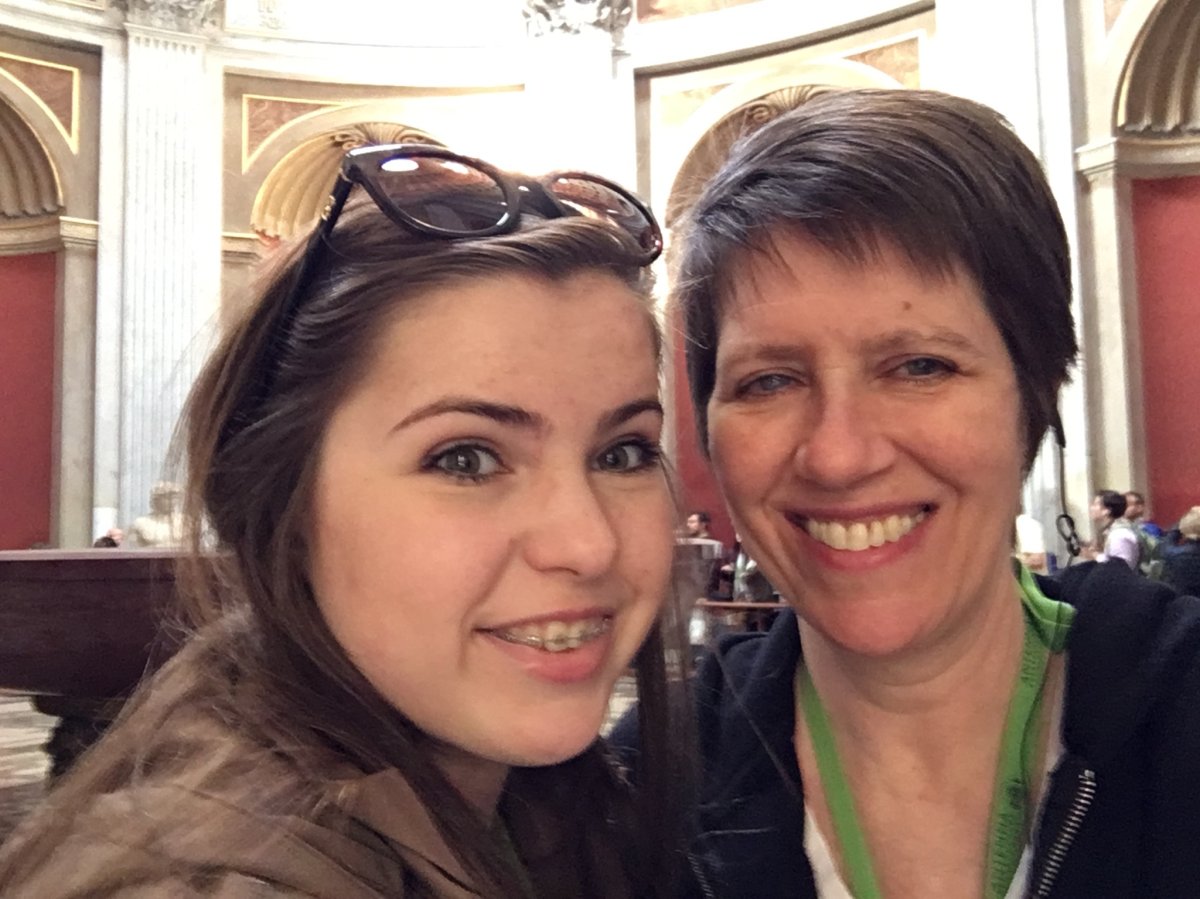Kelly Summers has been battling her waning eyesight for the past three decades.

The 54-year-old Ontario mom has had five corneal transplants. The first was in 1986 — she remembers the anxiety of waiting by the phone for the fateful call. There were no smart phones, email and even answering machines, so if she didn’t pick up, the tissue donation went to the next recipient in need. She was on a 14-month wait list.
The technology in organ and tissue donation has come a long way: Summers has already received stem cell therapy and even scheduled transplants so that surgeons are prepped well in advance and the tissue for her operation is readily available.
Summers says she knows at the heart of her transplants are donors, who restored her deteriorating vision each time.
“You really do feel at a loss of words. It’s this juxtaposition of joy and elation you feel next to knowing someone has lost their life to give this to you. It’s hard not to get emotional about it and to think somebody was thinking about those selfless things,” Summers told Global News.
#48in48
This year, Global News is aiming to start 48,000 conversations about organ and tissue donation within a 48-hour timeframe, starting on April 18.
READ MORE: #48in48: Join Global News to start 48,000 conversations about organ donation in 48 hours
We’re partnering with provincial transplant organizations and liveon.ca in hopes of getting more Canadians to sign up as organ donors.
Right now, there are 1,578 Ontarians on a wait list for a medically urgent organ transplant. Last year, 269 organ donors helped 1,086 people.
The demand for tissue donors is just as high as organ donors.

Get weekly health news
How tissue donation works
Skin, bones, heart valves and corneas — these tissue donation options go a long way in helping donor recipients in need.
Corneas restore vision to people who’ve lost their eyesight, heart valves help babies born with congenital heart disease while skin is used to heal burn victims.
Bone is used to cure injured legs, for reconstructing knees, legs or if other areas, like the spine, need to be replaced.
READ MORE: Tissue donation often overlooked, but important, docs say
A single tissue donor can touch as many as 75 lives yet this form of donation is often overlooked.
“Tissue transplantation is not life-saving but it improves quality of life. A liver, lung or heart transplant is clearly giving someone a second chance so the population identifies with that as a pressing need,” Dr. Atul Humar, director of Toronto General Hospital’s multi-organ transplant program, told Global News.
“But all types of donation helps to save lives or dramatically improve the quality of life of a recipient,” he said.
Tissue donation works differently from organ donation. For starters, only a certain number of patients who die are eligible to be organ donors because their organs have to be in good standing. For tissue donation, generally anyone who dies within 24 hours can be a donor if consent is obtained.
The procedure is fast and incredibly respectful.
A trained specialist takes the heart valves, corneas, skin, bone and connective tissue — it’s all stored in a tissue bank and allocated to those who need it.
The tissue is cleaned and screened for infections so that when the recipient receives the tissue, it’s easily incorporated to his or her own body and there isn’t worry of rejection unlike organ transplants.
Dr. Andrew Healey, chief medical officer of the Trillium Gift of Life Network (TGLN), said that organ donation often helps grieving families create meaning out of their loss.
That sentiments extends to tissue donation, too.
“It’s not on the public’s radar as much but I think the families who consent to tissue donation experience many of the same benefits and solace as those who consent to organ donation. The experience is families remember this was the positive thing that came out of their unexpected loss of a loved one,” he explained.
A new lease on life
Summers’ doctor hasn’t formally diagnosed her eye condition. In her early 20s, she grappled with reddening eyes and blurry vision. The whites of her eyes would cover her corneas, creating a “haze I couldn’t see through anymore,” she described.
Doctors guessed an autoimmune response was at play, or an allergic reaction. Summers received corneal transplants, live cells harvested from her sister’s eyes, and stem cell therapy – each time, the operation was a success but within years, her vision weakened again.
In her 20s, she worried about employment. As a mother, she was scared she wouldn’t be able to watch her daughter, Eleanor, play or help her with her homework.
Right now, with the help of a synthetic cornea, Summers’ vision is 20/20. She’s thankful to the donors who helped her.
“You don’t know who the recipient is other than this is a very grateful person on the other end,” she said.
carmen.chai@globalnews.ca
Follow @Carmen_Chai









Comments